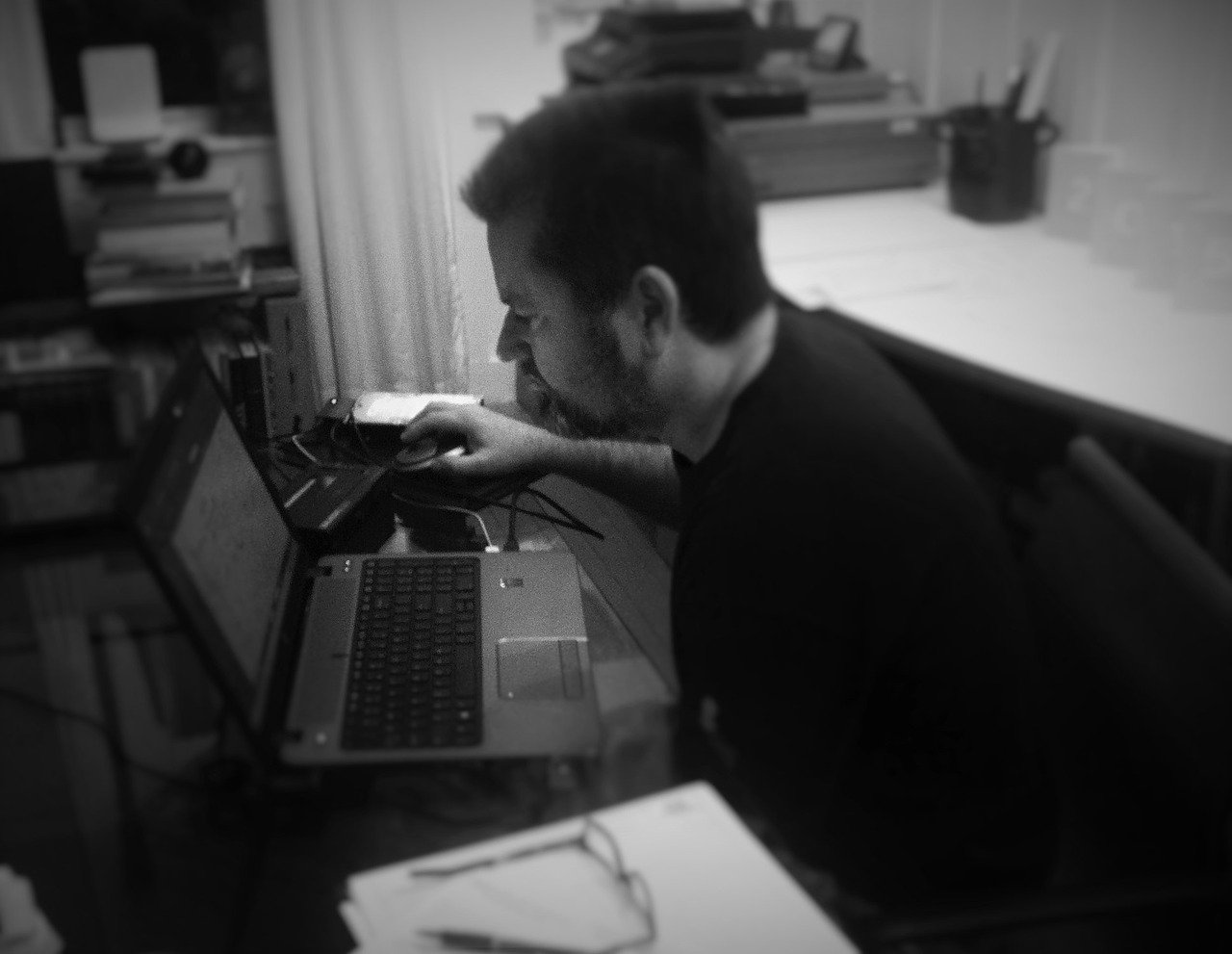During the beginning of the new decade, particularly on the 14th January 2020, Microsoft will retire Windows 7. This means that several security updates will inevitably stop as well. For the majority of individual users and enterprises that will still be using this top rated operating system, security issues will certainly be a factor.

As much as the end of Windows 7 doesn’t come with much welcome, especially from its current users, the trends were quite obvious. Since the rolling out of the new Windows 10 operating system, not many updated features were introduced to the Windows 7 operating system. Thus, it was a good idea during this time for many users to switch and transition onto the newly introduced Window 10.
However, this was not the case as Windows 7 operating system remains to be a popular option among using. As of October 2019, a little bit over a quarter of the 1.5 billion Windows device users still relied on Windows 7 according to the Netmarketshare. With these high numbers of the Windows devices still operating under Windows 7, it begs the question of the safety of the users after the discontinuing of Windows 7.
The Impending Security Threat
After the ending of Windows 7, the number one threat to may users will be unavoidable threats from malware attacks as the devices will be unprotected. Though it is possible to remove malware using tutorials at VirusPup why not stay safe in the first place. The reality of an abandoned operating system with no updates gives many hackers and malware programs a field day to explore different routes and ways to attack the vulnerable devices.
In fact, hackers do love to work with non-existent interruptions that come with an abandoned operating system. A good example of how lethal such security threats can be showcased through the 2017 eternal blue Windows vulnerability was leaked by a hacker group, shadow brokers.
This led to a ransomware attack onto more than 200,000 unpatched Windows devices from unrelated users. During this time, Microsoft issued an emergency patch to all of its users with unpatched systems to prevent the spread of ransomware. However, the damage had already been done. Furthermore, security threats are not isolated.
In 2003, another security flaw in the Windows XP and Server 2003 operating systems left the operating systems susceptible to malware attacks, even to users that had no contact with hackers. During this time, Microsoft did issue a patch for all retired operating systems as well.
The Safety Net
The safety of your windows 7 will not be entirely at risk after retirement after all. At an extra cost, you can still pay for the safety and security of your operating system. As a business, it is costly and virtually useless for Microsoft to maintain all its operating systems at once. This is because, along with the constant updating and maintenance of the system, comes costs paid to engineers that spend the time to do the maintenance.
Thus, it only makes sense to retire older versions of operating systems. However, special arrangements have been developed by Microsoft to maintain older versions of operating systems that are popular amongst its users. During the2015 to 2017 Window 7’s extended support period, Microsoft offered updates for the security of the system.
Additionally, Microsoft also noted that transition in January 2020 after the retiring of windows 7 will not be as smooth for enterprises and large organizations. Thus, to ensure that users still using the operating system post-January 14, Microsoft introduced the Extended Security Update Program that will hold validity till January 2013.
During this period, users are given enough time to make the transition. With this program, enterprise and organization users will pay an annual $50 fee per device during the first year, $100 annual fee in the second and $200 fee in the third year. However, for users that have actively subscribed to windows 10, Microsoft offers a cost-cutting solution by offering the extended security update program free for a whole year.
IoT Windows 7 Devices
In addition to your desktops PCs and laptops, many other devices are commonly known as the Internet of Things devices also use a stripped down version of Windows 7, which is designed to run on devices with limited resources and functionality. These devices include ATMs, point of sale terminals and medical devices.
The stripped down version of Windows 7 however, doesn’t shield these devices from the risks of security threats. IoT devices are posed with a risk of ransomware attacks and botnet viruses from hackers. Botnet viruses normally invade the devices and deny the services offered by the device. This is because these smaller devices are normally the epi-center of operations and functions.
Thus, ransomware attackers are normally successfully paid by the owners. The stripped down Windows 7 offers a viable solution to these devices as their limited resource and function prove to be somewhat difficult to accommodate newer operating systems.
Additionally, even if one chooses to use an update system, it means that they need to invest in a newer device which can be too costly. Thus, to keep providing security for such devices at a cost-cutting solution, Microsoft will continue to support the Windows 7 Embedded Standard 7 service pack until October 2020 for some versions and through 2021 for others.
The Transition
It’s safe to say that even though the ending date has confirmed to be January 2020, the chances are that Microsoft will offer yet another critical patch after the deadline. This is because of the myriad of users who will be virtually abandoned without the patches. However, even with this prospect of Microsoft’s safe the day yet again, it is wider and safer for many organizations and enterprises to do the switch and transition now.
As much as it is costly for large organizations and enterprises, it is much easier for single users to do a switch to Windows 10. Thus, other than keeping yourself at risk, why not make a small investment for a newer operating system. Plus, even if you choose to opt for the extended security system, the cost still stands to be almost the same r even more.
